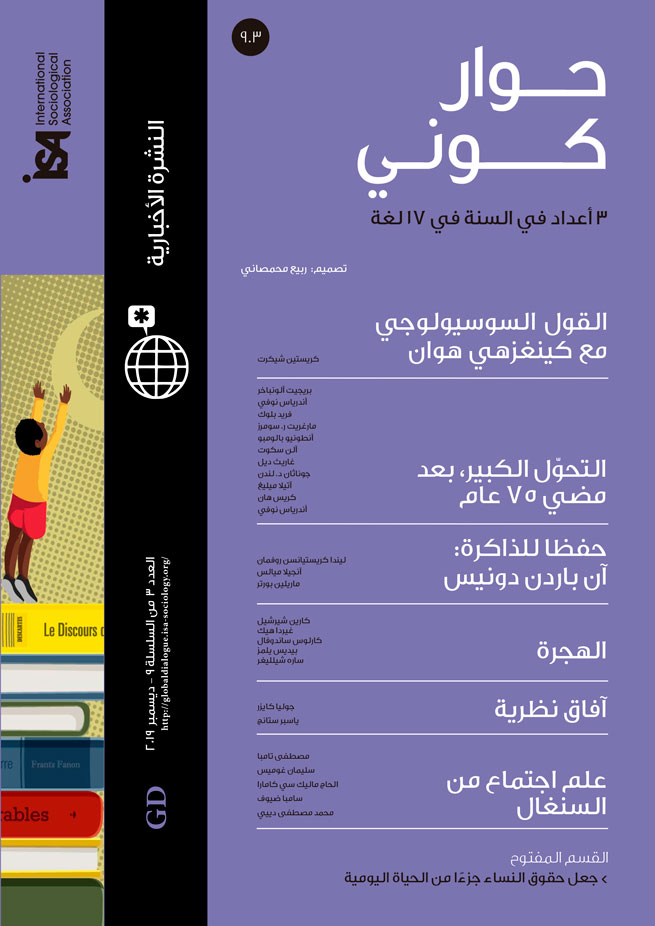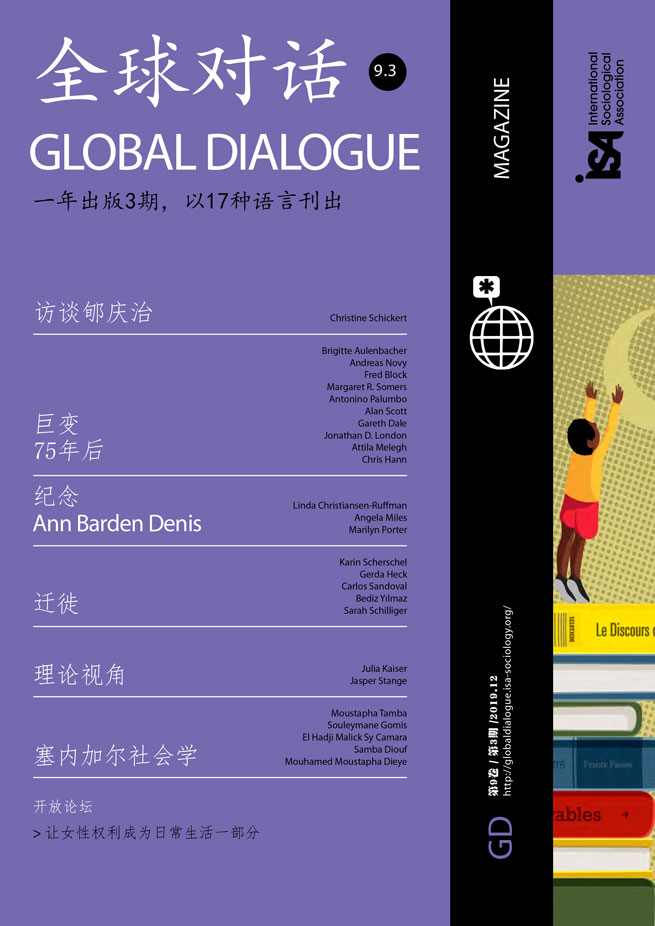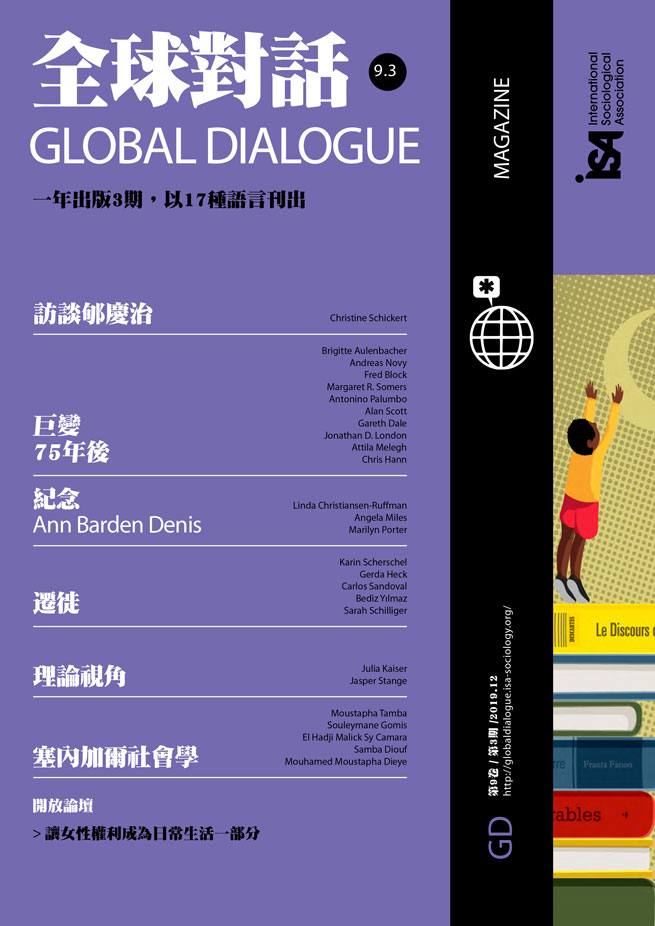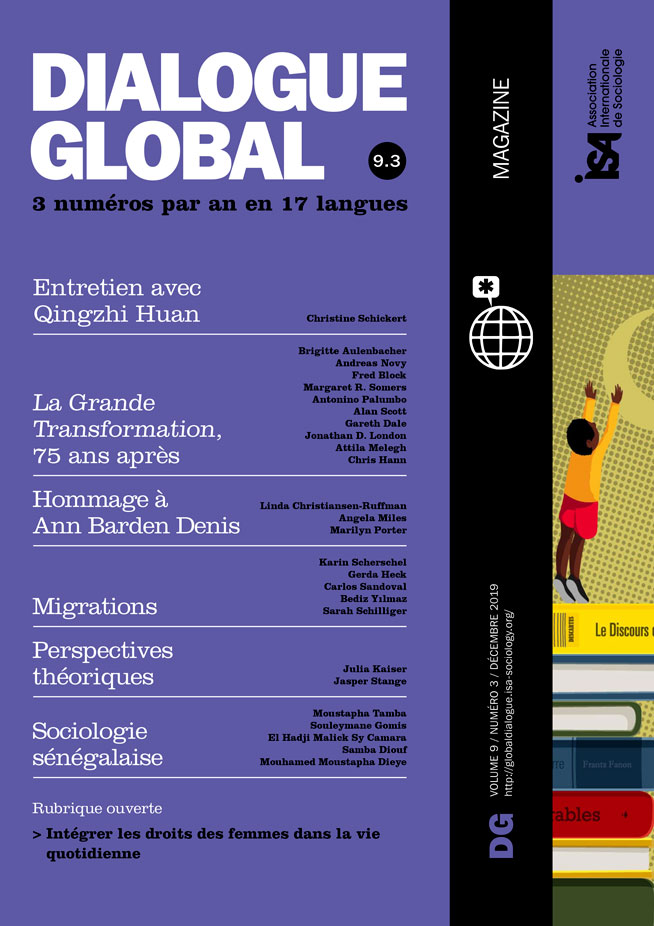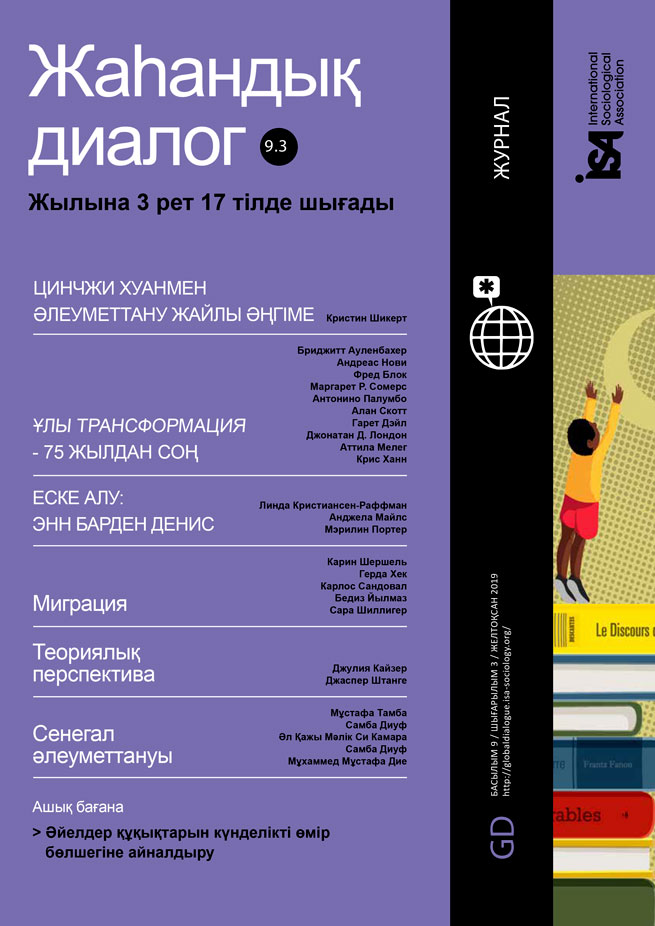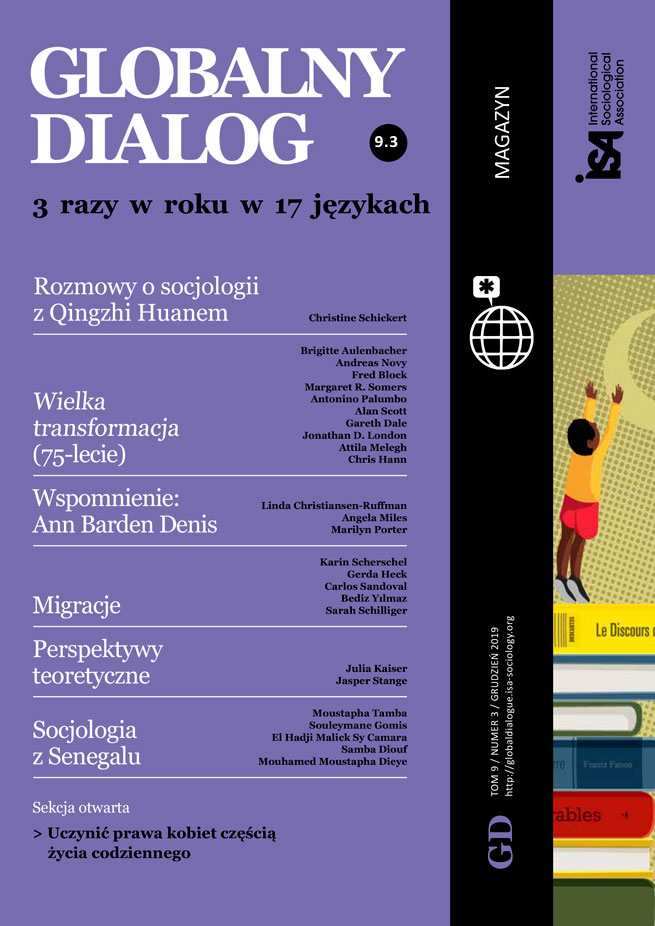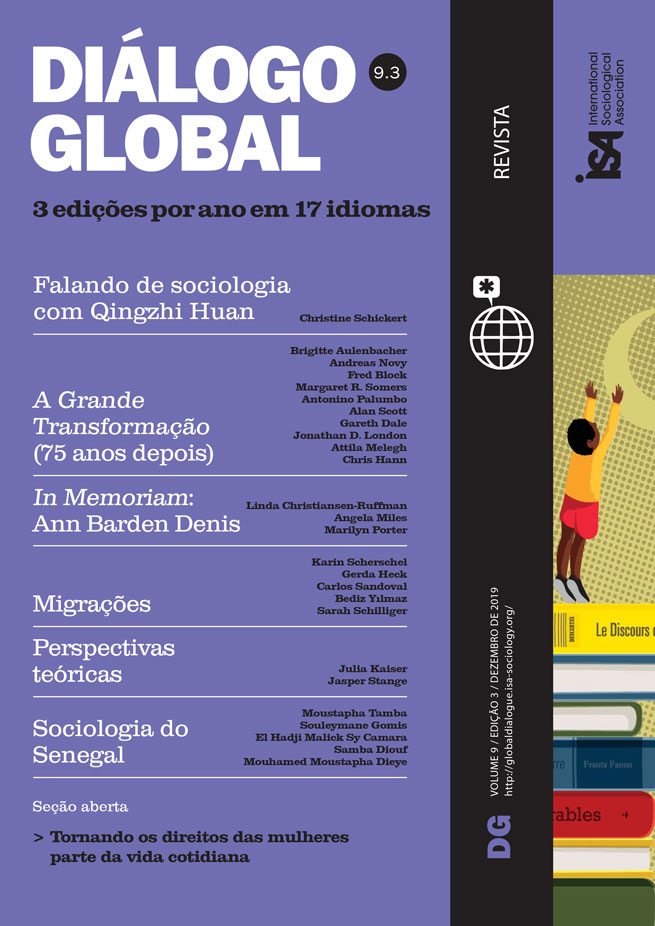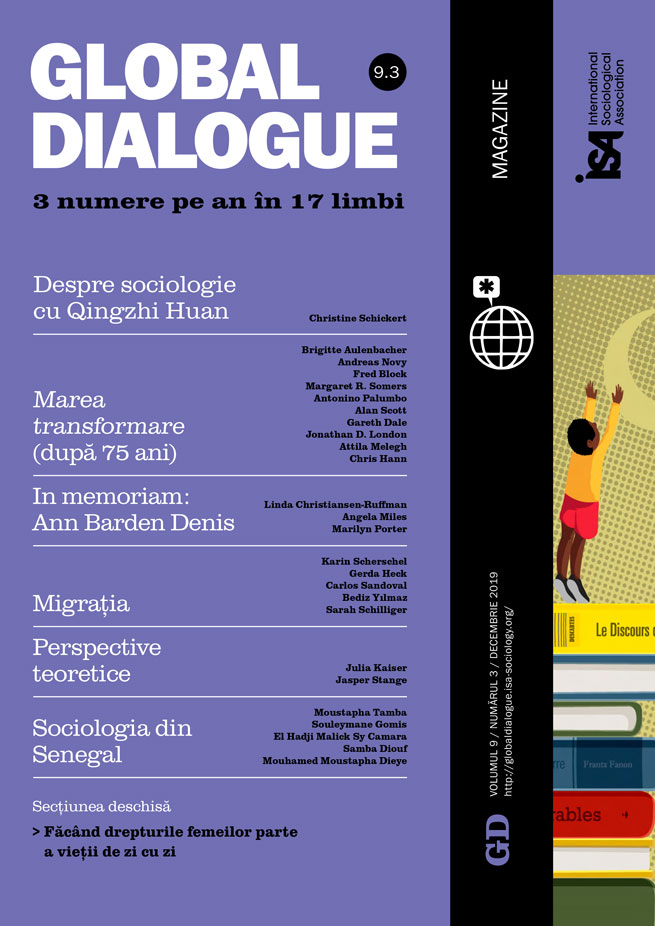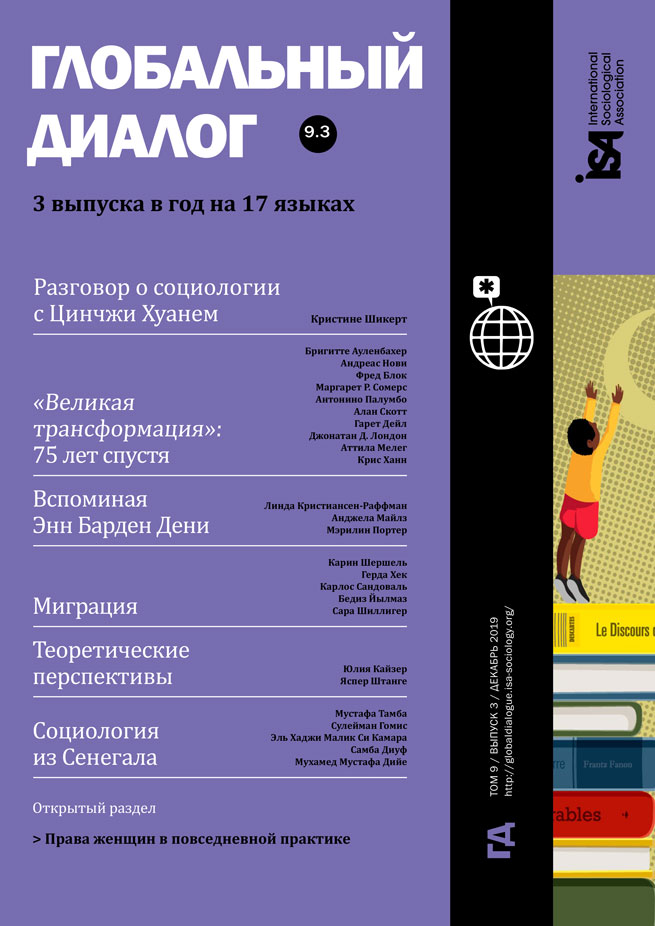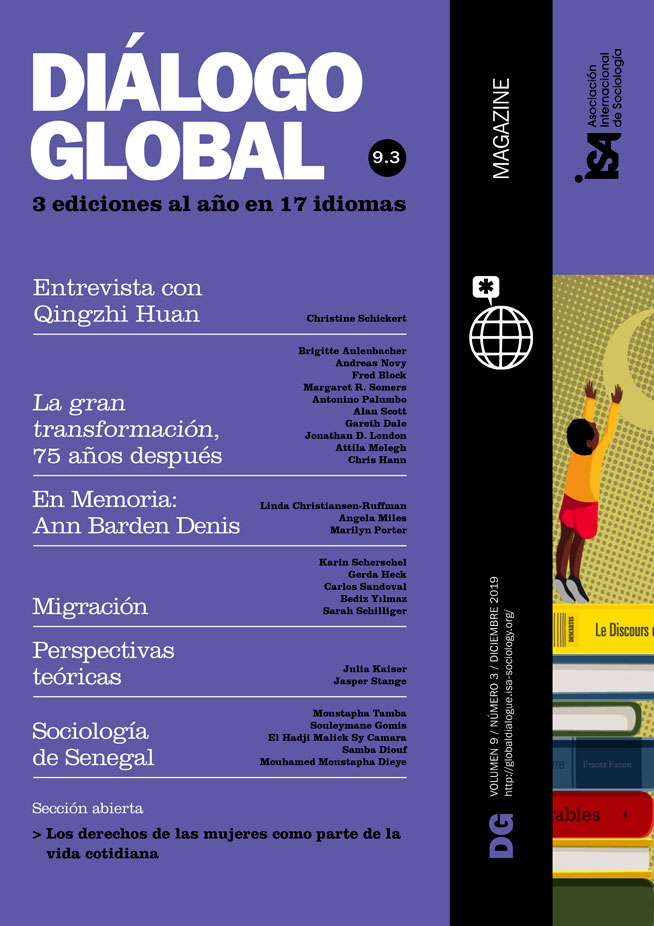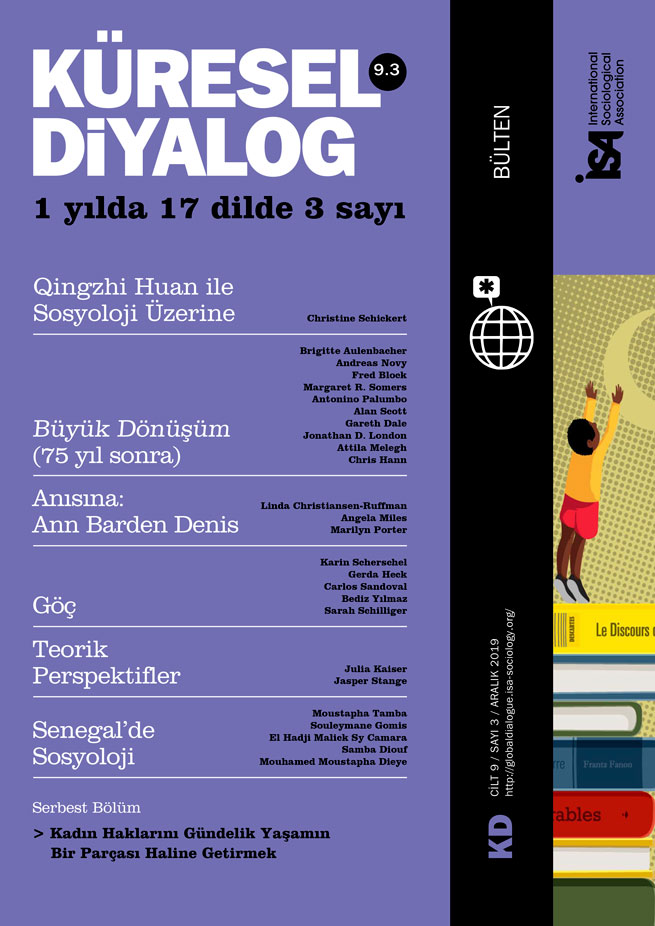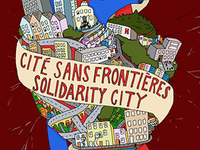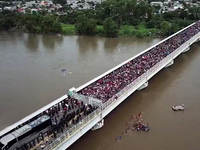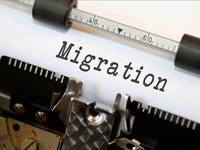Refugees as Unfree Labor Force: Notes from Turkey
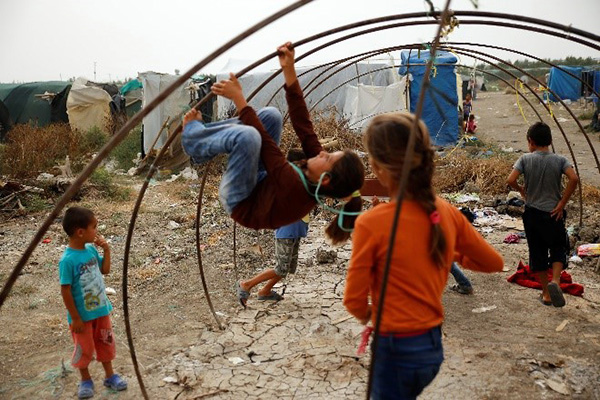
October 25, 2019
With 3.6 million Syrians and another 600,000 from other nationalities, Turkey is by far the country with the largest refugee population in the world. This has become for Turkish authorities a fact to boast about and is applauded by other countries, who talk of Turkey as a model.
In this short paper, I discuss some features of the Turkish model with the example of a mid-sized city where I have been involved in both research and activism on migration-related issues. But let me first explain the usage of the term refugee. Syrians in Turkey are under “Temporary Protection” because of the geographical limitation imposed by Turkey on the 1951 Geneva Convention. This status gives them a number of rights, such as unconditional access to public health and education services, but it fails to provide the predictability and reassurance of refugee status. As such, it puts its beneficiaries in a precarious and insecure position due mainly to the arbitrariness of the Temporary Protection Regime that is highly dependent on politics. By calling them refugee, I want to place the attention on these characteristics of the Temporary Protection Regime and underline the fact that though they are in refugee condition, they lack the status.
Characteristics of the Temporary Protection Regime
This lack is determinant in defining the destinies of Syrians in Turkey and explains the differences between various countries with a large refugee and refugee population. In this paper, I will focus on the labor aspect of refugees, particularly those working in agriculture. It would not be wrong to state that Turkey currently relies on refugee labor: while roughly half of the 3.6 million Syrians in Turkey are of working age, only 31,000 of them have been given work permits because of the difficulties of obtaining the permit. As a result, the working conditions of refugees are defined by informality. Hence, I would argue that informality, already highly widespread in Turkey (around 50% overall, over 85% in agriculture), is the very situation that makes the Turkish model work. In other words, without the high level of informality in labor, acknowledged by everybody, tolerated by the authorities, taken advantage of by the employers, such a high number of Syrians would not have been able to live in this country. Exploitation of Syrians in labor and discrimination against them in everyday language has become common to nearly all members of society regardless of their political affiliation.
Agriculture has a particularity in this landscape. The work permit, hardly obtained for other sectors and obliging the refugees to work in extreme levels of exploitation, is not even asked for in agriculture, opening the door for further exploitation. According to Article 5(4) of the Regulation on Work Permits for Foreigners Under Temporary Protection (2016/8375), foreigners under temporary protection and who work in agriculture and animal husbandry are exempted from the need to obtain a work permit. Based on my observations as an activist-researcher in Adanalıoğlu, an agricultural zone in the outskirts of Mersin, an Eastern Mediterranean city in Turkey, I would argue that refugees in the agricultural sector represent a form of unfree labor. I will follow the scheme provided by Nicola Phillips in her 2013 article on unfree labor to define contemporary unfree labor.
Refugees as unfree labor
The first dimension in this scheme consists of the informal, verbal, and short-term contracts based on “indebtedness […] used to discipline the worker and bond her or him into that relationship, and frequently manipulated so as to maximize the exploitation of the worker.” In the agricultural zone where we made our observations, labor intermediaries exist as the pivotal figures in the relations of production in agriculture. Their omnipotent role has grown with the Syrians who also lack the local language. Intermediaries get a share from each daily payment, usually 10%. They act as negotiators in finding jobs, accommodation, and payment for the workers, and ensuring the completion of the task and the handling of any worker-related issues for the employers. This brings absolute dependence on the agricultural intermediaries for the refugee workers.
Secondly, unfreedom is “primarily constituted not by coerced entry but by precluded exit; these conditions are often established by indebtedness and/or the withholding of wages until the end of a contract.” In our case, payments are done at the end of the crop season for each product, which might last for six to seven months. During the season, workers are given either some pocket money, or are indebted and bound to a local market, usually owned by the intermediary himself.
Thirdly, the contemporary forms of unfree labor generally do not consist of work without payment and involve an exchange of labor for money; however, “wages are in no sense equivalent to the value added by the labor appropriated under these conditions.” Our observations have shown that workers are paid lower than the established wage, and sometimes not paid. But they cannot leave because they usually have “money inside,” that they expect to recover at least partially.
Finally, unfreedoms are constituted within the exploitative conditions that are “associated with harsh, degrading and dangerous conditions of work, violations of workers’ labor (and often human) rights and forms of coercion and manipulation designed to make workers work harder, for longer and for less money.” Indeed, refugee workers live in tents built on fields rented for this purpose by the intermediary (workers also pay a rent for tent-placement); basic infrastructure is lacking, and they pay for water while using electricity “illegally” by branching cables to the wires over the field. The agricultural intermediary decides on the working place according to the season for particular crops; workers only know a few days before that they have to move to a new place.
Yes, Turkey holds the largest refugee population but it does not offer them a dignified life, a path of integration, a promise for the future; instead, unstructured and daily measures guided by internal and foreign political necessities shape the model. It is highly improbable that this model would propose to the peoples of Turkey a transparent and structured model of living together. Is the Turkish government reliable, accountable, responsible? Can this really be a model?
Bediz Yılmaz, IMIS-University of Osnabrück, Germany and Maya Association-Mersin, Turkey <bedizyilmaz@yahoo.com>

